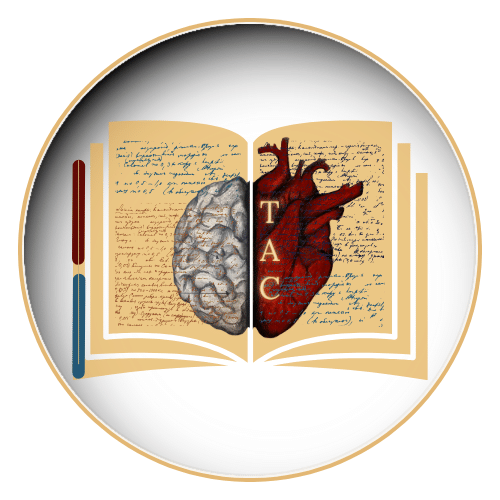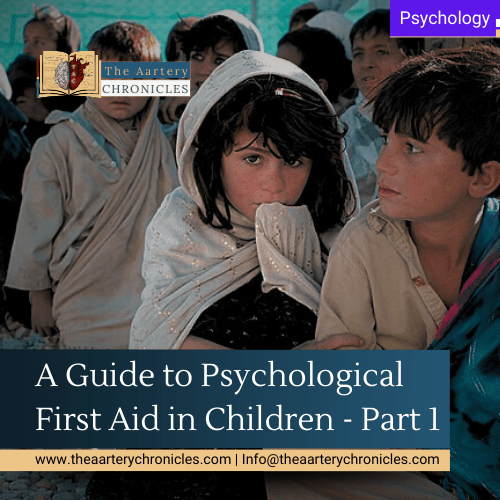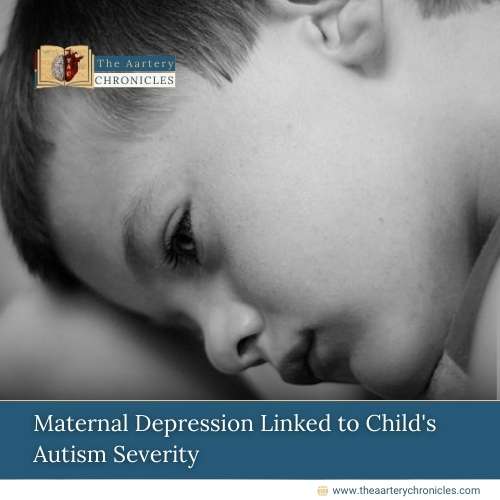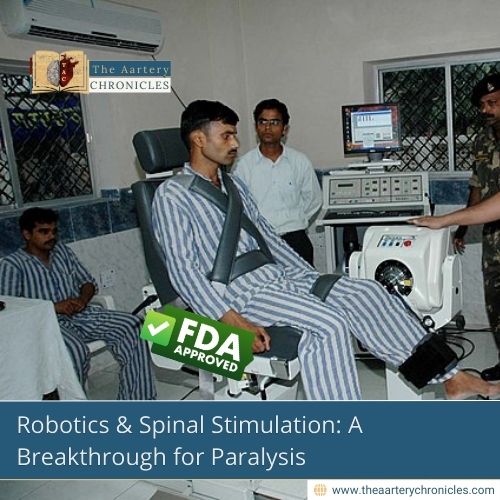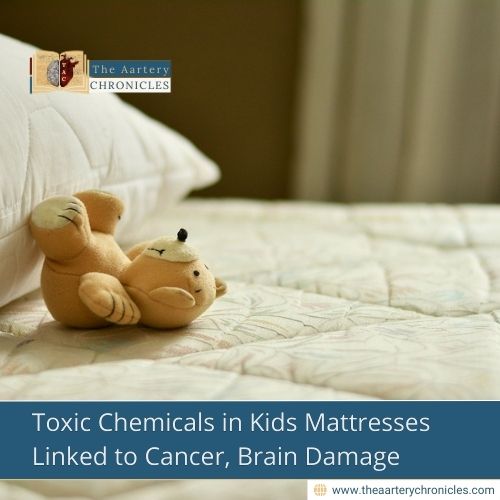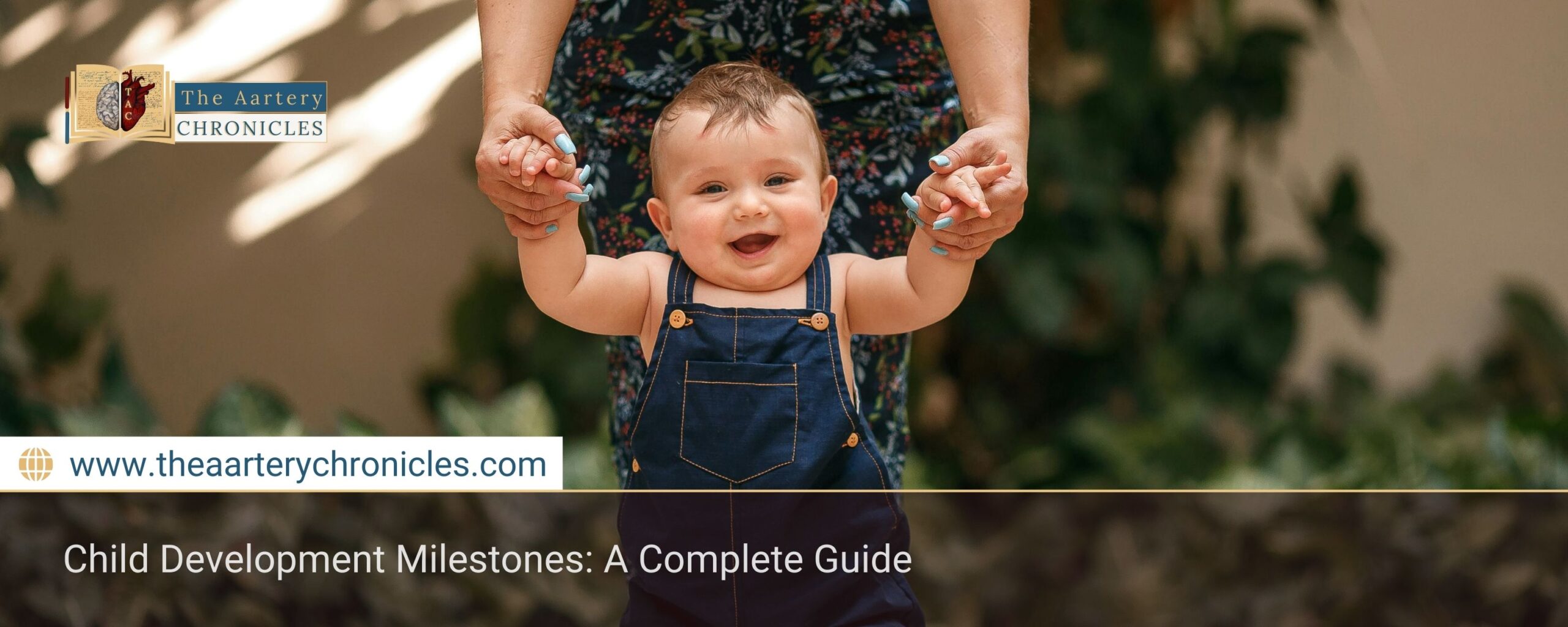
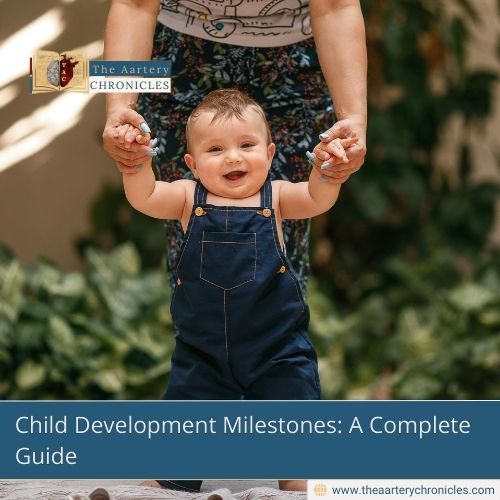
Child Development Milestones: Everything you need to know
Summary: This article guides you through the typical developmental milestones children typically achieve, including their gross and fine motor skills, language, social skills, and everyday skills, along with the expected timing. It’s a handy guide to help understand what’s normal as children grow.
Normal Developmental Milestones: What Every Parent Should Know
“Every child grows at their own pace, but knowing milestones helps ensure healthy development.”
Did you know? By the time they’re a year old, most babies can stand on their own and say their first meaningful words. But what if those milestones don’t happen as expected?
Understanding normal developmental milestones is crucial for tracking your child’s growth. These milestones fall into five key domains:
- Gross Motor Development
- Fine Motor Skills
- Social and Adaptive Skills
- Language Development
- Vision and Hearing
I. Gross Motor Development Milestones
Gross motor skills involve large muscle activities, such as sitting, standing, and walking.
Age | Milestones |
3 months | Neck holding |
5 months | Rolls over |
6 months | Sits in a tripod fashion |
8 months | Sits without support |
9 months | Stands holding on |
12 months | Walks but falls; stands without support |
15 months | Walks alone; creeps upstairs |
18 months | Runs; explores drawers |
2 years | Walks up/down stairs (2 feet per step) |
3 years | Rides a tricycle; climbs with alternate feet |
4 years | Hops on one foot; goes downstairs alternately |
II. Fine Motor Skill Development
Fine motor skills involve hand-eye coordination and small muscle movements.
Age | Milestones |
4 months | Reaches with both hands |
6 months | Transfers objects; reaches with one hand |
9 months | Immature pincer grasp |
12 months | Mature pincer grasp |
15 months | Scribbles; builds 2-block tower |
2 years | Builds 9-block tower; draws vertical lines |
4 years | Copies cross; builds a bridge with blocks |
5 years | Copies triangle |
III. Social and Adaptive Milestones
Social development includes emotional connection, play, and independence.
Age | Milestones |
2 months | Social smile |
6 months | Stranger anxiety |
9 months | Waves bye-bye |
12 months | Responds to name; plays ball |
18 months | Copies parent’s tasks |
3 years | Shares toys; knows full name and gender |
4 years | Plays cooperatively in groups |
5 years | Dresses and undresses independently |
IV. Language Development Milestones
Language skills progress from cooing to full sentences.
Age | Milestones |
1 month | Alerts to sound |
3 months | Coos |
6 months | Monosyllabic words |
9 months | Bisyllabic words |
12 months | Says 1–2 meaningful words |
18 months | Vocabulary of 8–10 words |
2 years | 2–3 word sentences; uses pronouns |
4 years | Recites rhymes; tells stories |
5 years | Asks meaning of words |
Why Milestones Matter
Keeping an eye on these milestones helps catch any delays early on. Getting help sooner rather than later can really make a difference for kids facing developmental challenges.
"I never realized how much babies learn every month. Watching my child wave bye-bye for the first time was magical!"
Sarita, Mother Tweet
Final Thoughts
Child development is not a race; it’s a journey. Every milestone is a building block for the future. But remember, while guidelines are helpful, children grow at their own pace. The real question is, are we giving them the right environment to thrive?
- Ghai O. P. Essential Pediatrics.
- Centers for Disease Control and Prevention. Developmental Milestones. Available at: https://www.cdc.gov/ncbddd/actearly/milestones/index.html
